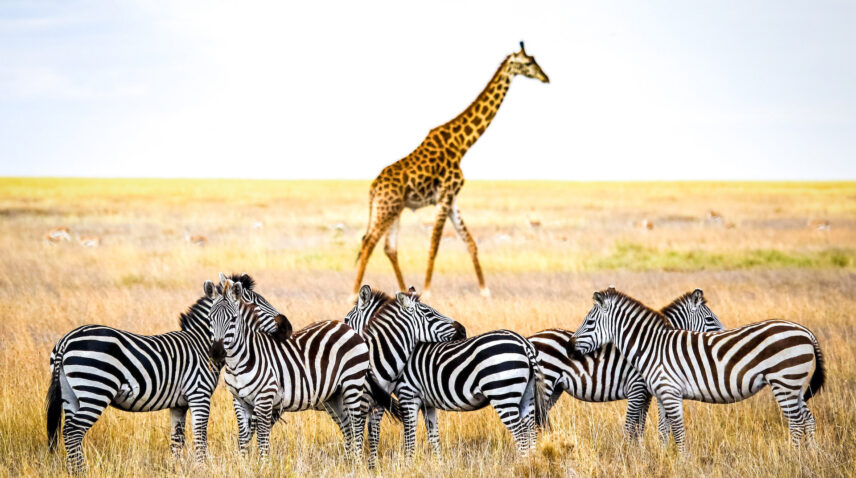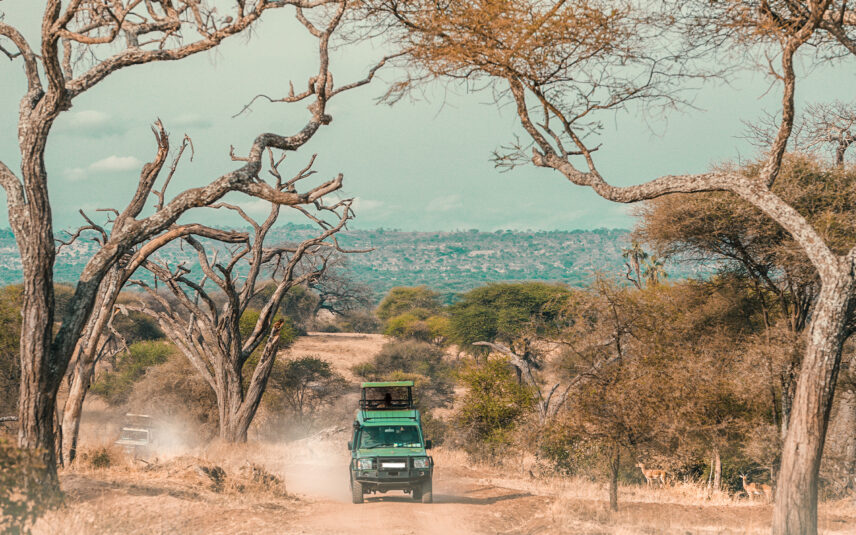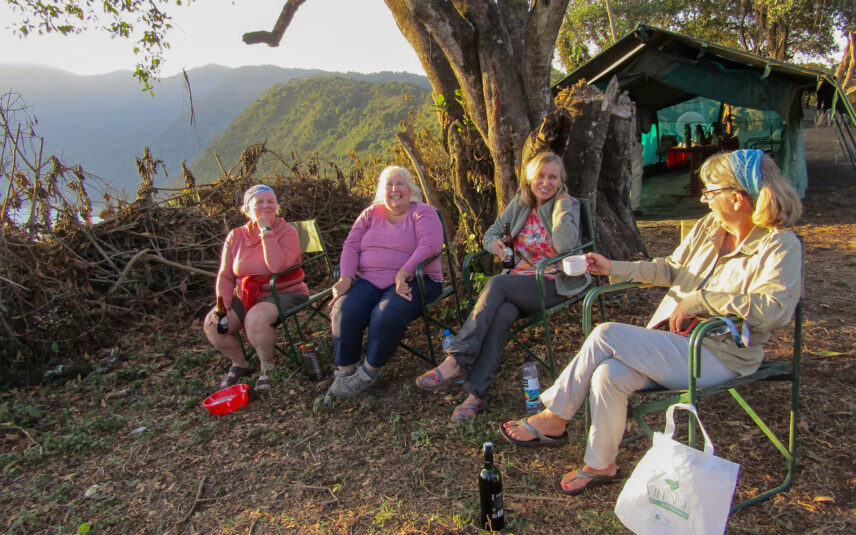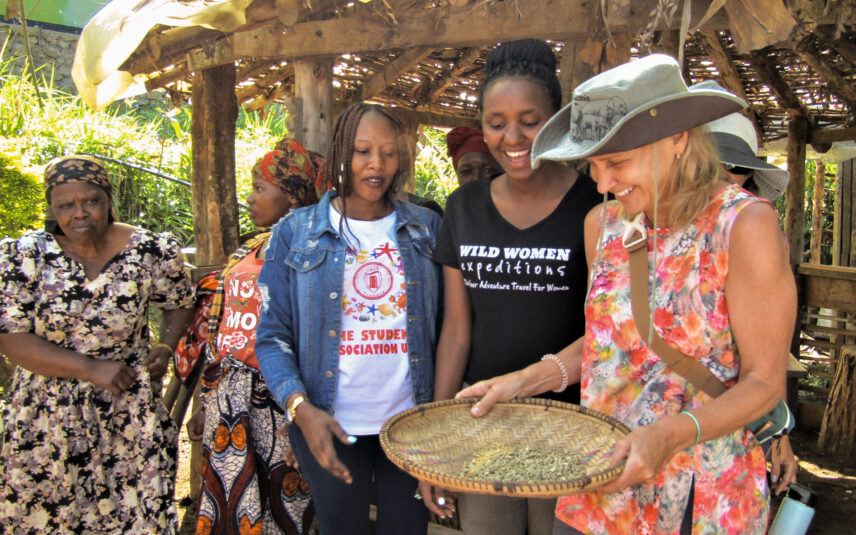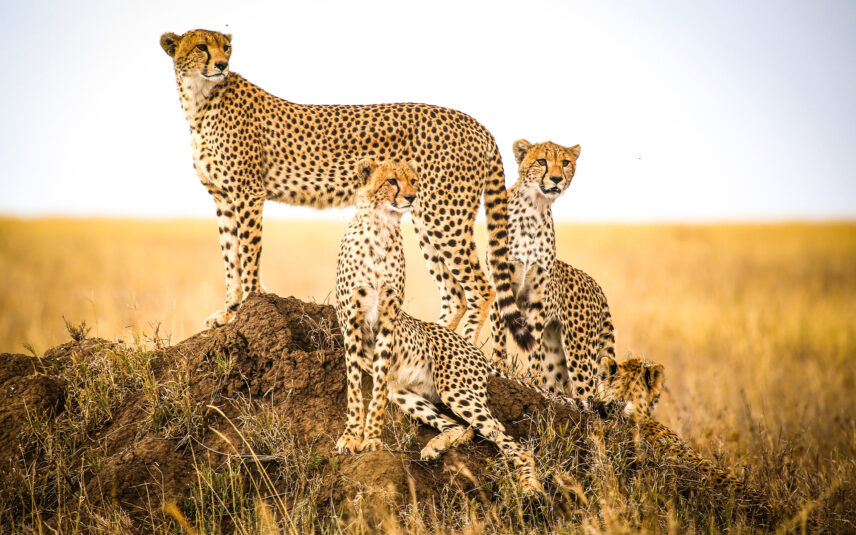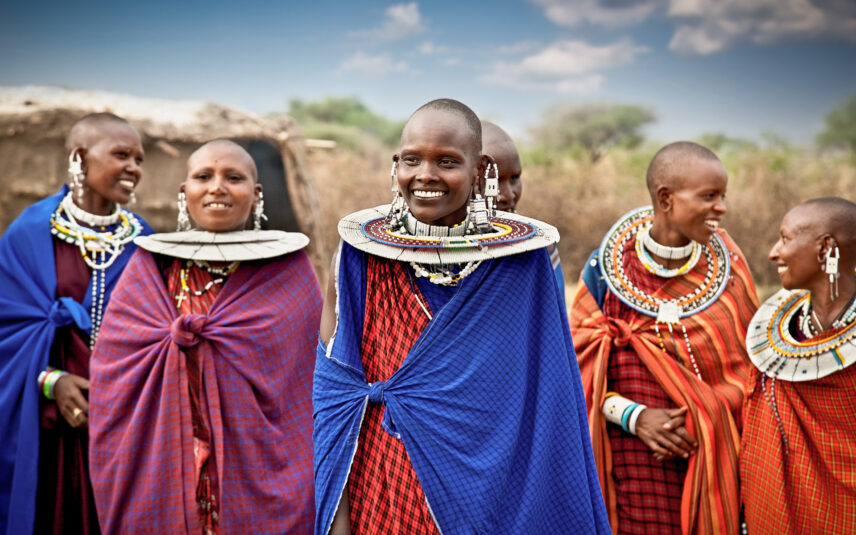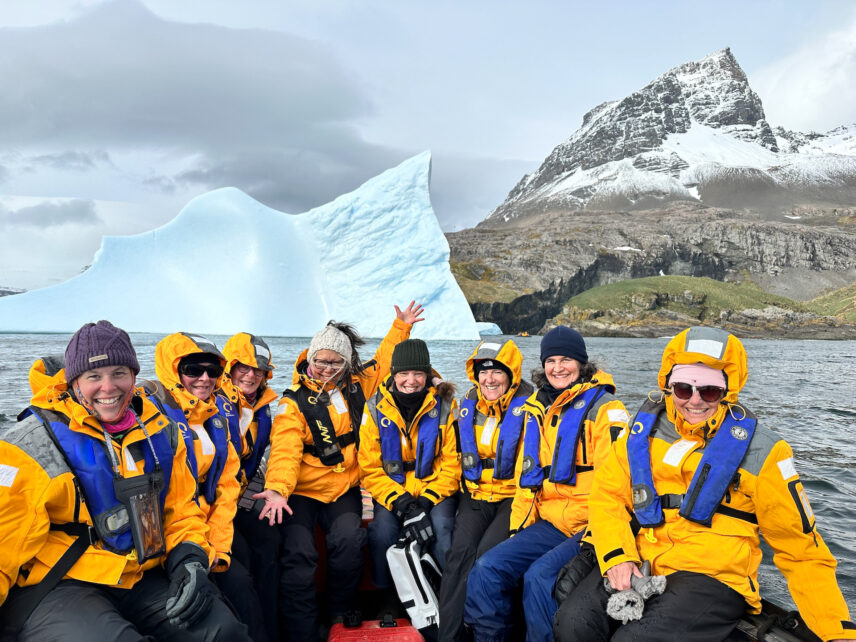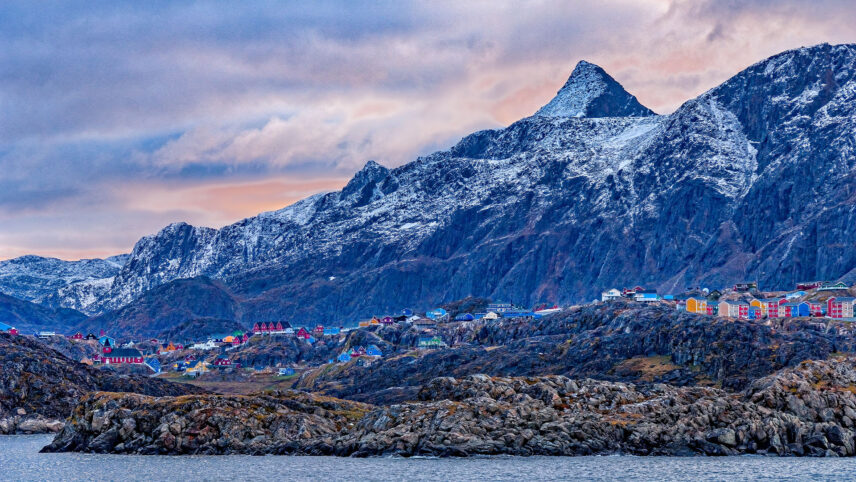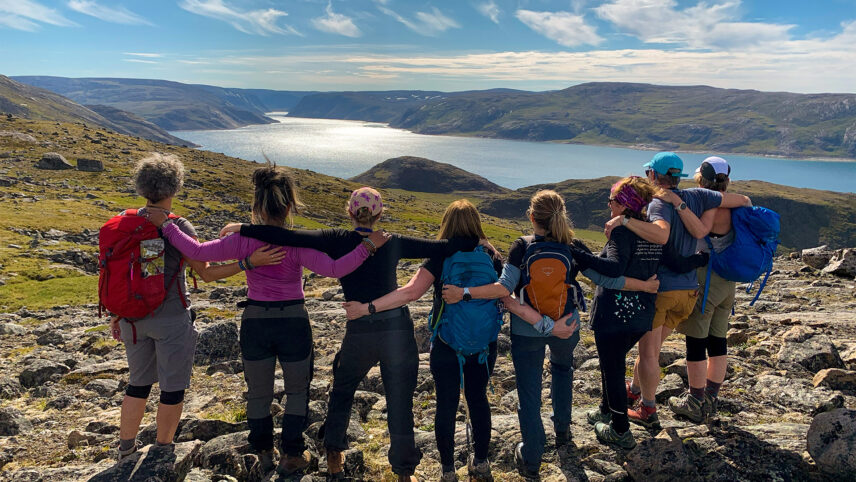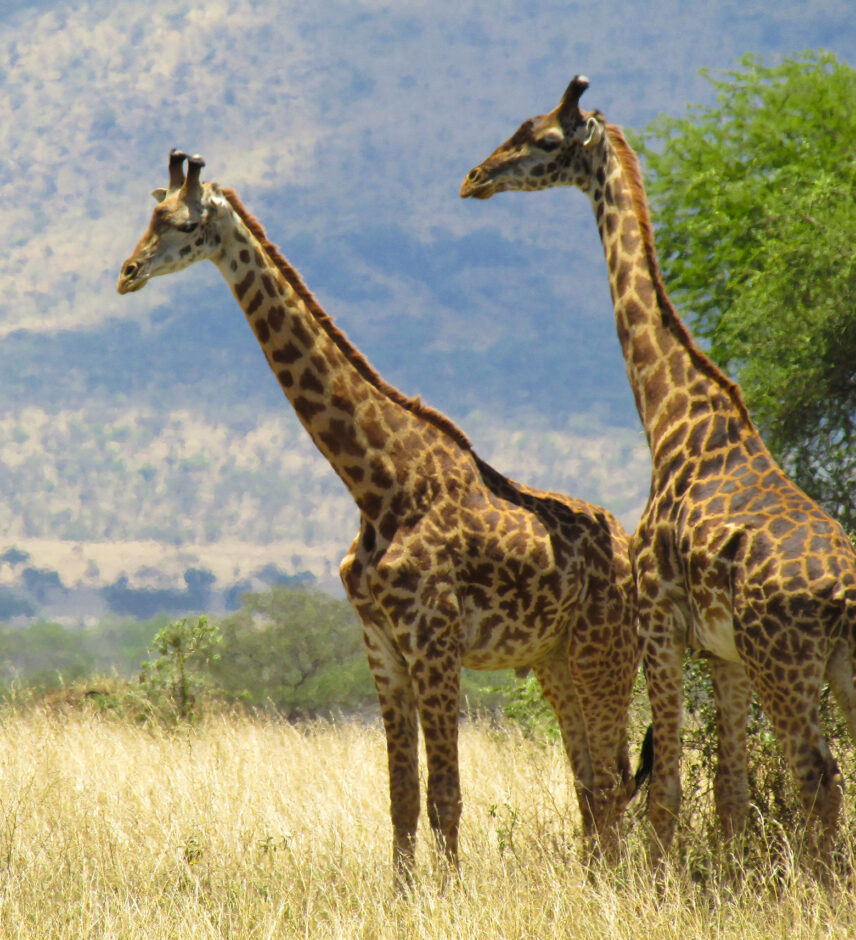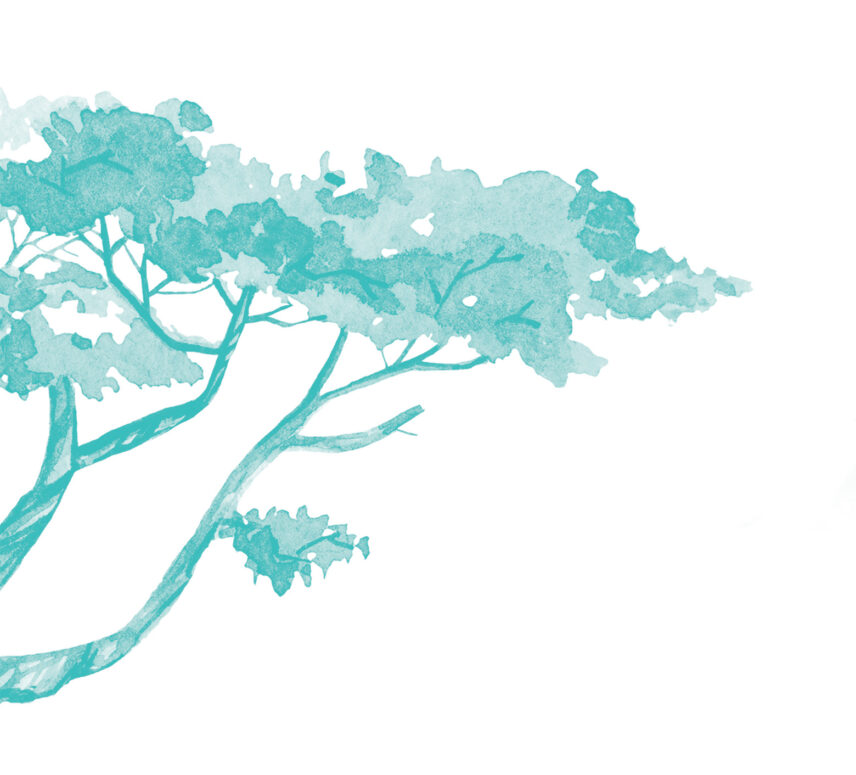
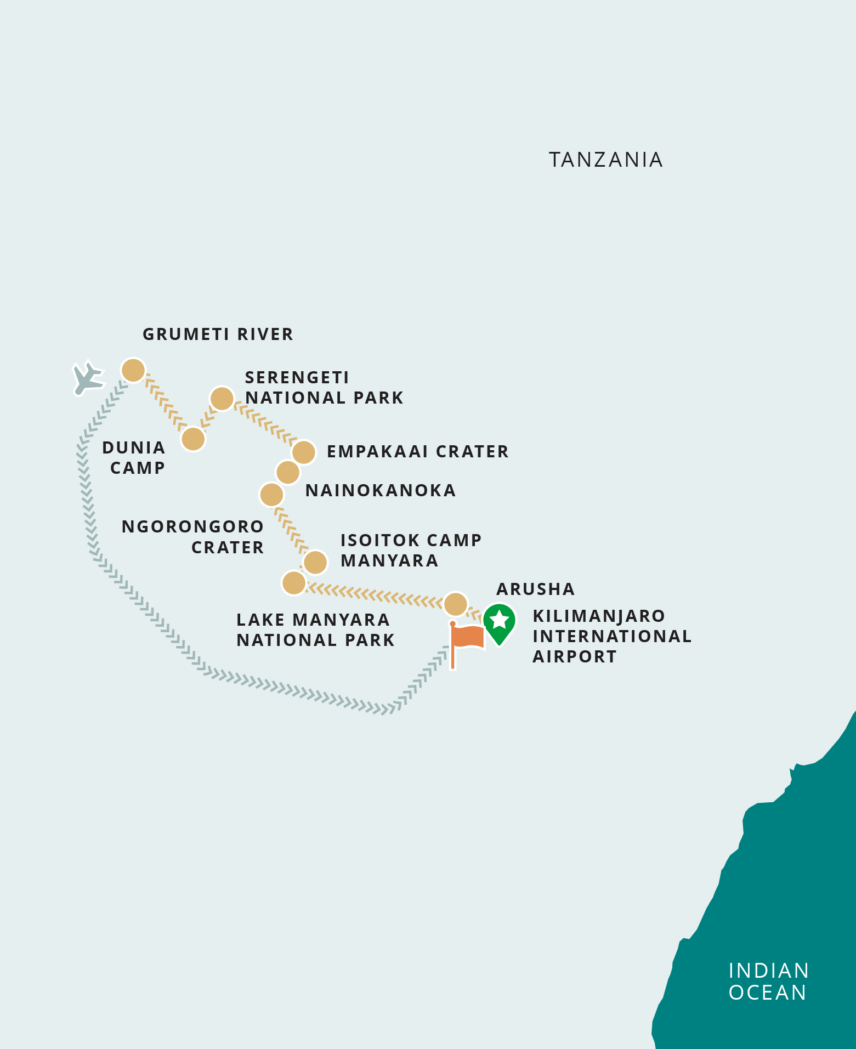
Trip Overview
Departures
Trip Dates + Prices
Duration
11 Days
Activities
Camping
Cultural
Hiking
Wildlife Viewing
Physical Rating
Easy
Be the First to Know
Interested in this trip? Get on the list for exclusive information and updates.
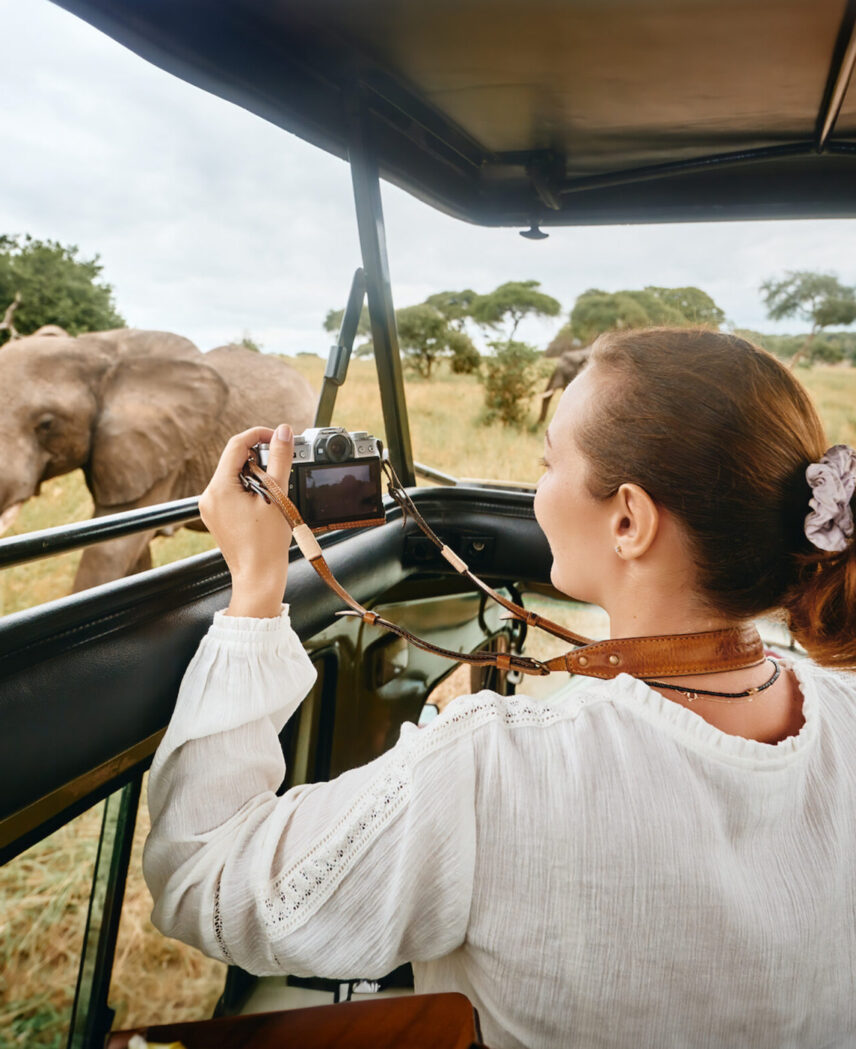

The Best Scavenger Hunt Ever
Wildlife abounds—from snoozing lions to the unexpected stampede of wildebeest. Visit Lake Manyara, Ngorongoro Crater and Serengeti National Park in search of elusive cats and endemic birds. The Tanzania Big 5 list traditionally includes the lion, leopard, elephant, Cape Buffalo and rhino; however, there are other fives like the giraffes, zebra, dik-diks, flamingo and waterbucks that will leave your head on a perma-swivel! It’s the best scavenger hunt ever; Serengeti National Park has over 500 species of birds alone!
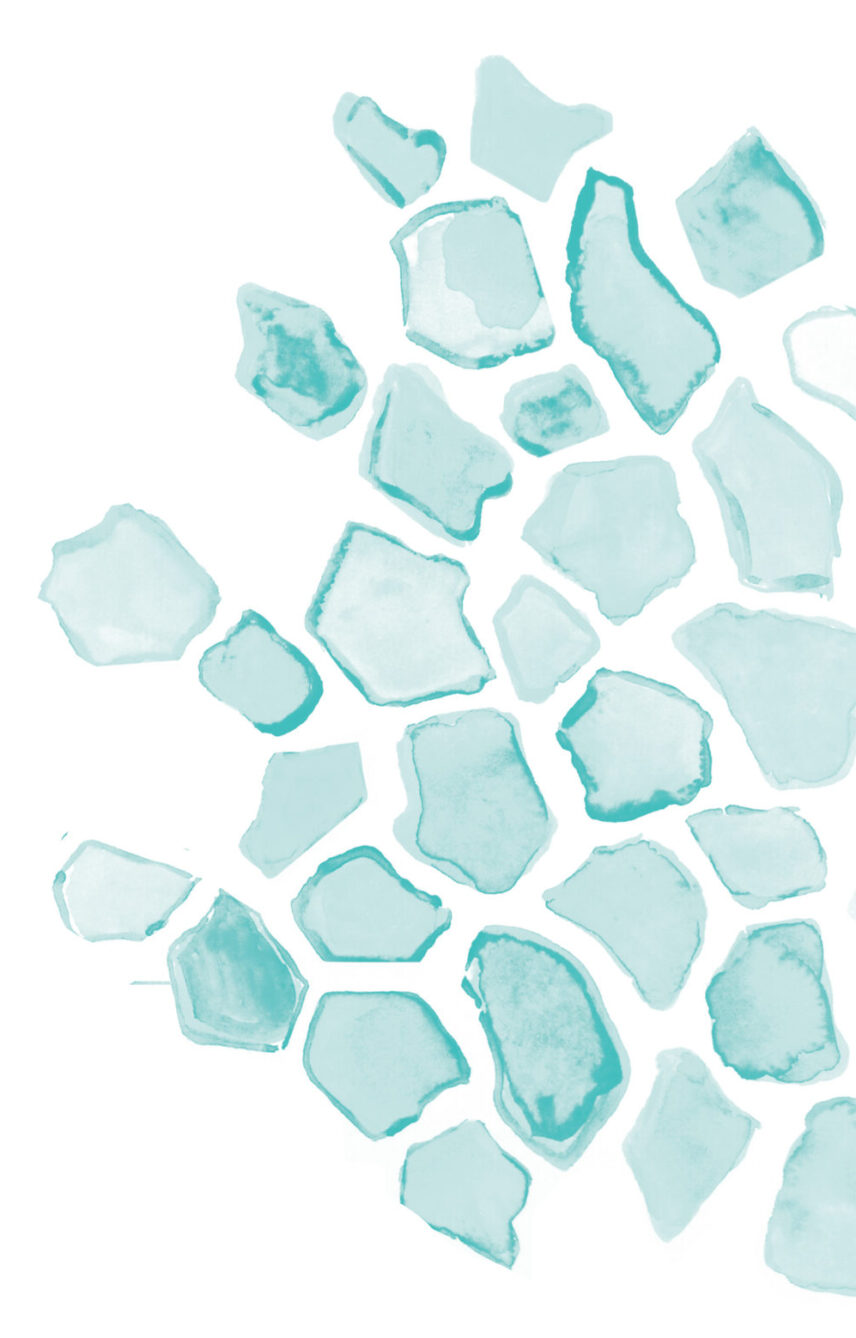
Game Drive in Three National Parks
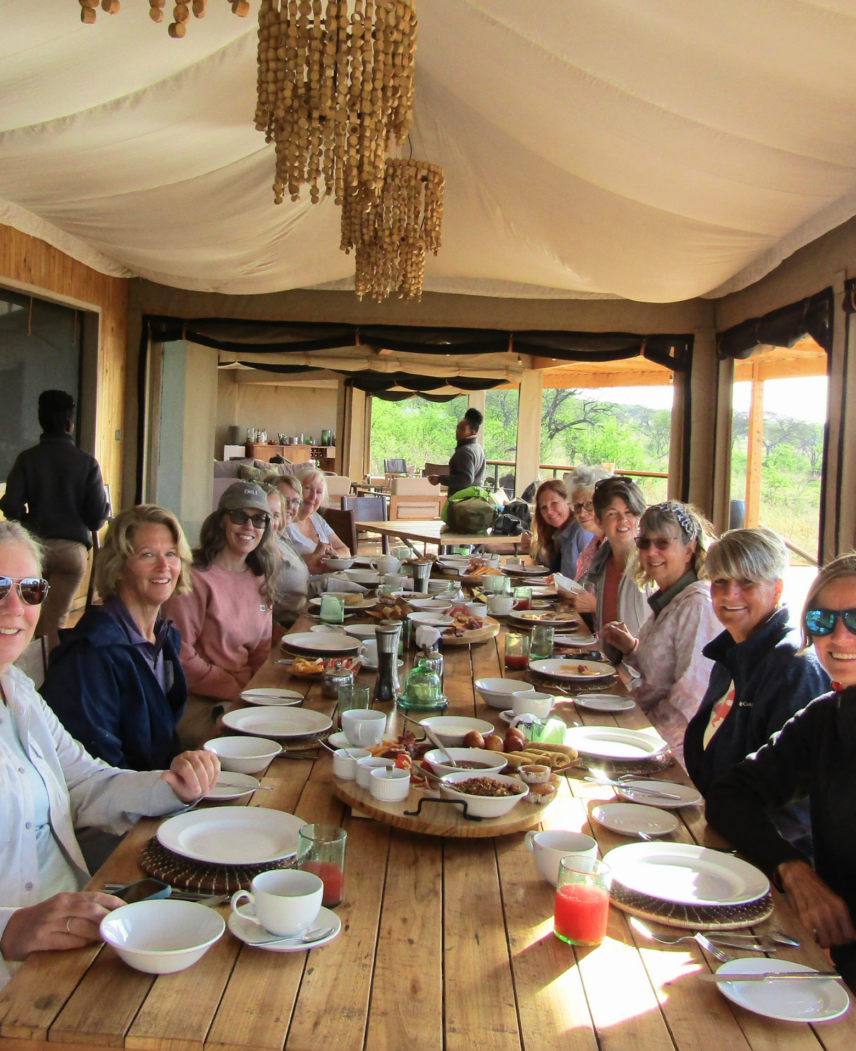
Stay at a 100% Women-operated Camp
Experience the wonder of Dunia Camp, the only all female-run camp in the Serengeti! The accommodations on this trip are a balanced blend of traditional safari and luxury in tented suites, panoramic lodges and dome tents at the fly camp in the wild savannah. Everywhere, the sounds of the African night will lull you into a deep sleep. At Mama Anna’s AGAPE co-operative, we learn cheesemaking and honey harvesting secrets and have the best cup of coffee in town—after having a turn at sifting, pounding and roasting the beans over a fire!
The safari was everything I had dreamed a safari would be. We saw so many animals that we lost count. We stayed in those great safari tents and a fabulous high-end lodge in the Serengeti. We saw the traditional Maasai way of life and walked across the grasslands with our Maasai guide and our ranger. Absolutely a trip of a lifetime!”
Karen M.

Itinerary
-
Day 1
Arrival
Jambo!
Your African odyssey begins upon touchdown on the tarmac at Kilimanjaro International Airport. You will be met by a driver, holding a Wild Women Expeditions sign, who will safely shuttle you to RiverTrees on a 50-minute drive.
The official Wild Women rendezvous is not until Day 2, so you’ll have time to relax and rebound after your flight. Most women arrive two nights in advance to get a head start on bouncing back from jetlag!
Note: The Rivertrees Hotel has an in-house restaurant with a tempting Swahili and Zanzabari-influenced menu. Other dining options will require a public bus or taxi to access.
*If you are flying via KLM, the inbound flight doesn’t arrive until 8 p.m. Airport transfers are included in your trip fee for Day 1 or if you arrive pre-trip and are staying at one of Wild Women’s recommended pre-trip hotels. This information will be provided upon booking.
Accommodations
Rivertrees Country Inn
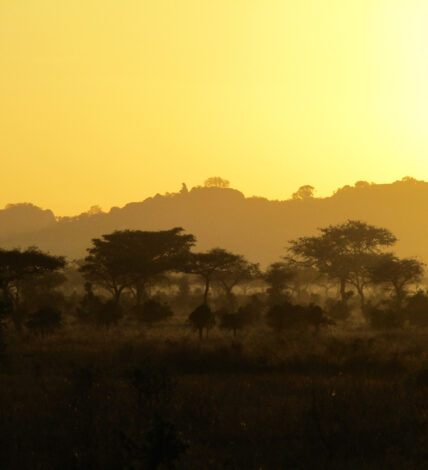
-
Day 2
Mama Anna’s Cooperative
Coffee Roasting 101
At 10 a.m. we make a beeline to Mama Anna’s women’s cooperative, Agape (which means love or super love, if you ask Mama). Mama Anna will share the story of how she learned how to make cheese after receiving a cow from a German charity foundation. Since then, she’s been churning out butter, ghee, yogurt and six kinds of cheese. Agape has funded the construction of a new school and continues to support the local community.
We walk along a wide trail past carrot, cabbage and sunflower fields to an uninterrupted view of Mt. Meru. Mama will welcome us back with hot coffee and warm beignets (donuts).
After a traditional lunch, we have a hands-on lesson in coffee roasting from wet beans to the fire-boiled end product and an introduction to no-sting bee honey harvesting.
Satiated and caffeinated, we return to Rivertrees to enjoy the amenities before dinner.
Included Meals
Breakfast, lunch, dinner and several cups of coffee
Accommodations
Rivertrees Country Inn
Travel
30 minutes (van shuttle/one way), 90 minutes (walking)

-
Day 3
Arusha to Manyara
Scouting for Tree-climbing Lions
Our group will stop at a vibrant art gallery that supports Tanzanian artists. Here, we have a chance to marvel at and purchase Maasai-produced jewelry, Tanzanite and other intricate handmade products. Artists will be at work in the open-air studio spaces, carving and painting enormous works of art. With colored beads knotted around our wrists, we head to Lake Manyara National Park.
The park is largely dominated by the soda ash lake, which swells during the rainy season and attracts thousands of flamingos. Lake Manyara is also home to one of Tanzania’s largest elephant populations and tree-climbing lions. We’ll see countless hippos, antelopes, wildebeests, zebra, impalas, waterbucks and comical warthogs on the run. The baboons are everywhere—they are the unofficial welcoming committee. Look for the superb starling and lilac-breasted rollers!
We find sleep easily after a day in the company of trumpeting elephants and elegant giraffes in the comfort of our lodge.
Included Meals
Breakfast, boxed lunch and dinner
Accommodations
Lake Manyara Serena Lodge
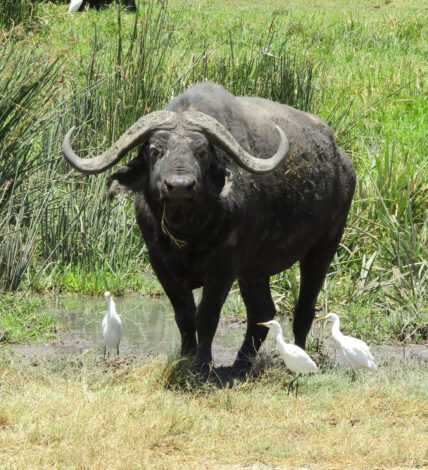
-
Day 4
Wildlife of the Crater
The Search Continues
After breakfast, we drive to a Maasai village and peek inside a boma (a traditional circular Maasai home). Maasai women make up 100% of the construction crew and use a genius cement mixture of vacated termite hill soil, cow dung and water to build their homes.
In Ngorongoro Crater, we continue our Big Five search. This enormous volcanic caldera is from an eruption over three million years ago. Be on the lookout for sleepy lions, elephants, stalking cheetahs and “dirt devils.”
The crater is synonymous with the Great Wildebeest Migration, an annual event that sees more than 1.5 million wildebeest move northwards towards the greener pastures of Kenya’s border. The animals follow a predictable clockwise movement through the Serengeti following the rains and greenest grass.
Our game drive will continue until 6 p.m. We check into our lodge and end the day with the sun.
Included Meals
Breakfast, boxed lunch and dinner
Accommodations
Ngorongoro Lion’s Paw
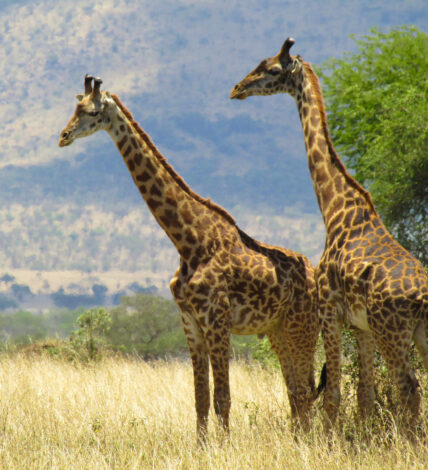
-
Day 5
Hike through Maasailand
The Cry of the Bush Baby
Today we drive to Nainokanoka Maasai Village. Nainokanoka means “foggy” in Maasai and indeed, this region is often shrouded in clotted clouds and mist.
We stretch our safari legs for three to four hours on a walk near the traditional villages of the Ngorongoro Highlands. Here, zebras mingle with cattle (safety in numbers!) and there is a constant tinkle of sheep bells. This walk covers uneven pasture with unexpected dips in the scrubby grasses and goat paths. The fields are peppered with Maasai herds, bustards, buzzards and tawny eagles.
We return to our “fly camp” for lunch and shade (find more info in the Trip Details section). Sunset tonight will be from the optimal vantage point at the top of the caldera! Later, after sharing stories and fireside laughs, we zip up our sleeping bags and listen to the African night come alive with the otherworldly cry of the bush baby.
Included Meals
Breakfast, boxed lunch and dinner
Accommodations
Kwato Fly Camp
The Walk
For those who don’t wish to cut across the uneven pasture of Maasai Land, you can opt to walk along the road with one of our guides. The sunset hike is rated moderate and doable for all. Hiking poles will be provided as there is one challenging downhill. The peak altitude is 6,562 feet (2,000 m). Please note: an armed Maasai and armed park ranger will accompany us.
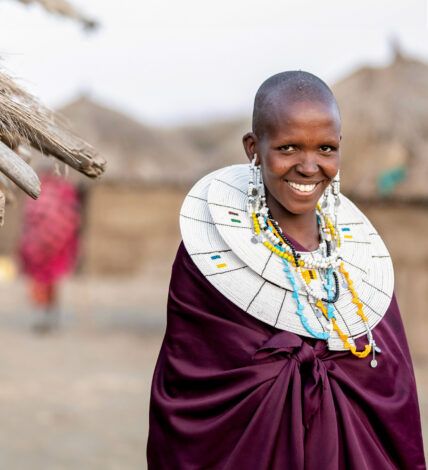
-
Day 6
Embulbul to Empakai
A Flamboyance of Flamingos
Rise and shine is made easier with coffee and tea (or hot cocoa) service at your tent doorstep!
Our walking safari will continue through Maasai Land! Our local guide will meet us at Bulati Village and together we head to Empakai Camp for lunch. Like the wildlife, we keep cool in the shade until the late afternoon, when we strike off on a two hour (roundtrip) walk down to Empakai Crater lake. The crater is 984 feet (300 m) deep and 3.7 miles (6 km) wide! The biggest surprise is the deep alkaline pool that covers three quarters of the crater’s floor.
On the hike under the mauve levanta blossoms, we can search for blue monkeys in the enormous strangler figs. Flamingos are often seen at the super saline lakeshore in long streaks of pink.
We return to our campsite for dinner, a crackling campfire and unlimited stargazing.
Included Meals
Breakfast, boxed lunch and dinner
Accommodations
Kwato Fly Camp
The Walk
The walk to the crater lake is a steep downhill switchback—and back up again! Walking sticks are available and recommended for those with unpredictable knees and hips. Please note: an armed Maasai and armed park ranger will accompany us.
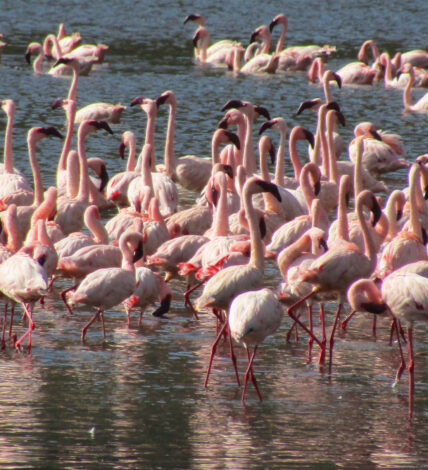
-
Day 7
Into the Serengeti
Glamping with Gazelles
After breakfast, we jump in our Land Cruiser and head to the enormous expanse that is Serengeti National Park! We are immersed in Out of Africa-style scenery, kopjes (small hills) and riverine forests. This national park is a World Heritage Site of abundant biodiversity—our Big Five list will soon be renumbered the BIG 500! We see dozens of everything: crested cranes, eland, guinea fowl, Grant’s and Thompson’s gazelles.
At Dunia Camp, we are introduced to an authentic and unmatched safari experience. Dunia is the only all female-run camp in the Serengeti! Women change the busted shocks on the safari vehicles and run every department from the kitchen to security. The luxury tented camp’s location is in the beating heart of the Serengeti—elephants casually pass right through!
It’s time for a sundowner by the fire! Listen for the roar of the lions as you fall asleep–they’re out there!
Included Meals
Breakfast, boxed lunch and a REALLY divine dinner
Accommodations
Dunia Camp
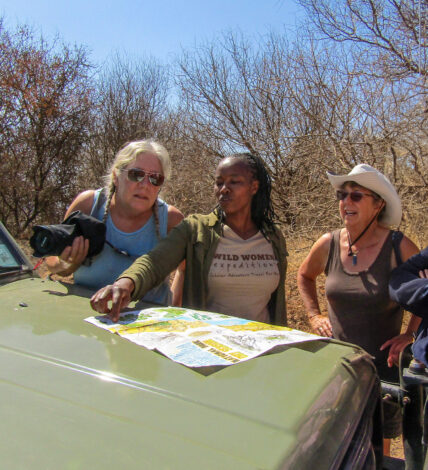
-
Day 8
Land Cruising
A Pinch-Me Day and Night
Today will be an early departure but a rewarding one! The Dunia women will deliver French press coffee and sugar cookies to our tents at whatever time we choose.
On our morning game drive we search for the big cats along the Seronera River before an enormous mid-morning brunch. Linger over another coffee on the verandah or enjoy the view and silence of the Serengeti from the deck of your tent.
At 3 p.m., we will go on another game drive in the Serengeti. On safari, every day is unique and can’t be repeated! There will be white-headed barbets, Eastern plantain-eaters, hippos, lilac-breasted rollers-–it’s a non-stop drive-thru flora and fauna show.
We take in a classic, unforgettable African sunset in the hospitality of Dunia. The bush fire will be stoked, there will be impromptu song and dance and fire-side apps and drinks before a memorable dinner.
Included Meals
Coffee and cookies, brunch and dinner
Accommodations
Dunia Camp
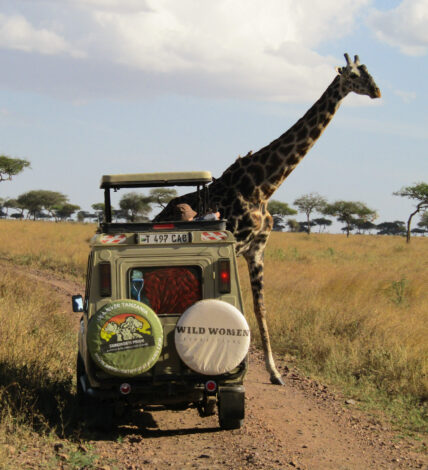
-
Day 9
Mara River Safari
Serengeti Sunsets and Stars
After punchy early-bird coffee and sweet cookies in our tents (and then a full, proper breakfast together), we leave Dunia with heavy hearts at 8 a.m. It’s going to be a full day’s drive that will shift from the distinct landscape of central to northern Serengeti. Think kopjes, erratic rocks, candelabra trees (like cacti), sausage trees and the familiar, chronic dust of the Serengeti.
There’s no time for a catnap: we are on high alert for the elusive leopard and cheetah. As we head north, through Lobo and Bologonja, we stop for a picnic lunch in the park. Crowned lapwings, marabou storks, elephants, giraffes, repeat!
In the Mara River area, we have front row seats to a reliably gorgeous tomato-red sky sunset and follow the sinking sun on a wildlife drive before proceeding to our tented camp for a solar shower, dinner and a starry-eyed night.
Included Meals
Breakfast, boxed lunch and dinner
Accommodations
Karibu Mara River Camp
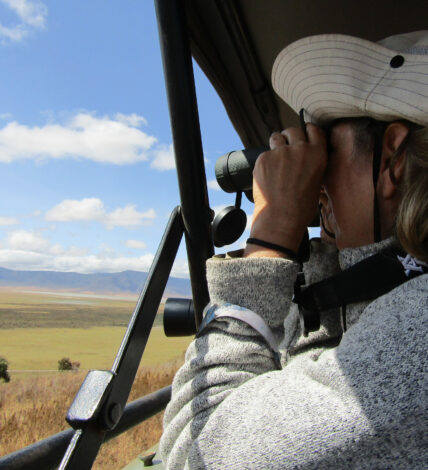
-
Day 10
Wildebeest Migration
The Restless Herd
In June, the Great Wildebeest Migration crosses the northern Serengeti as a thundering force en route to Kenya’s Masai Mara. June is when the migration first crosses the crocodile-infested Grumeti River to the south. As the herd migrates north (and clockwise), the migration crosses the Mara River in July and again in August and September on their return south.
En route, we see jackals, hyenas, a few vulture picnics, marabou storks, ibis and strategic crocs along the river. Elephants, topi and Thomson’s gazelle will also be hanging out, and with the short grass, it’s easier to spot predators. Even mambas!
The actual dramatic wildebeest river crossing isn’t guaranteed (herds can wait for weeks before taking the plunge), but we will definitely see countless wildebeest in wait. It’s a day of patience and anticipation.
We spend our last night in Tanzania’s embrace, positively buzzing safari stories!
Included Meals
Breakfast, boxed lunch and dinner
Accommodations
Karibu Mara River Camp
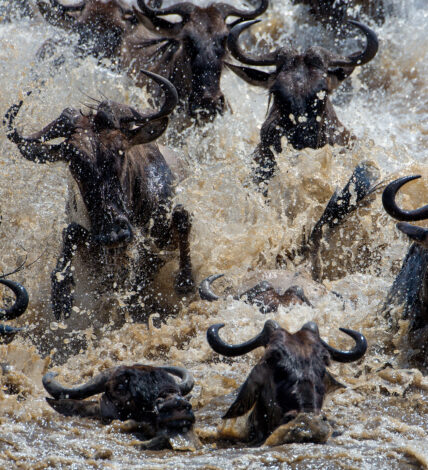
-
Day 11
Arusha and Away
Safari Dust
For those who are eager, there may be an extremely early opportunity to do one last game drive in hope of catching the great migration crossing the river.
After breakfast, from the dirt airstrip at Kogatende we have a scenic one-hour flight back to Arusha on a Dash 8. With safari dust still in our seams and laces, we relax and enjoy our last lingering lunch together at a local restaurant.
There will be time to squish in some last minute souvenir shopping too, though our greatest souvenir will be the Big 5 encounters, the warmth of the Maasai, camaraderie around the campfire, sunsets, safari bucket showers and unforgettable sounds of the hyrax and bush babies at night!
Note: A group transfer to Kilimanjaro International Airport will be arranged for a 6 p.m. drop-off. Please book your flights accordingly to allow for a minimum of three hours before departure on an international flight. It takes approximately two hours to get through security and to your gate. Most KLM flights depart around 9 p.m. daily.
Included Meals
Breakfast and lunch
Accommodations
Karibu Mara River Camp
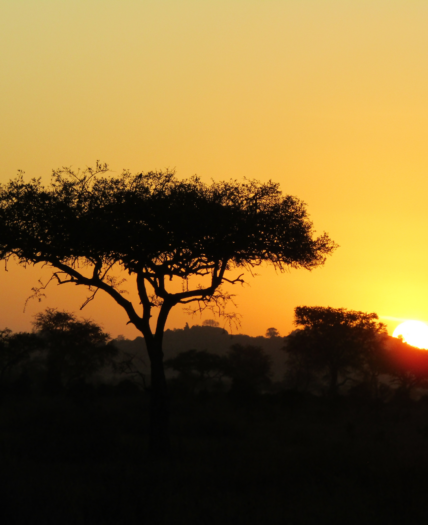
Take a Deeper Dive
Want all the details in one handy package? Download the full itinerary here.
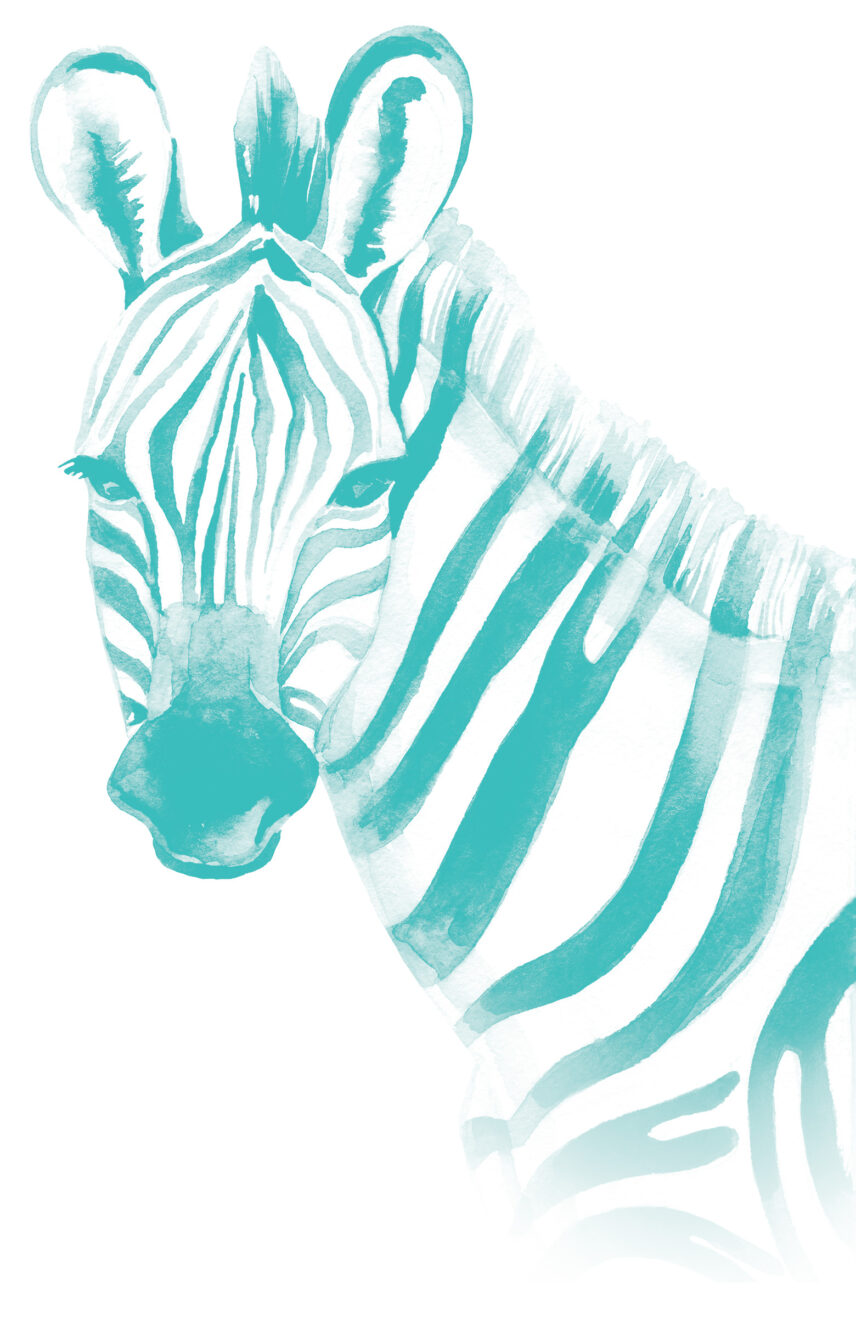
What’s Included
- All decadent meals. Note: Most lunches will be boxed as we will be on the move on game drives
- Water will be transported in the Land Cruiser to refill water bottles (most lodges will provide a small bottle of water in the room)
- 10 nights’ shared accommodations at lodges, tented camps and fly camping plus two all-inclusive nights at Dunia Camp (laundry service and alcoholic beverages are included)
- All national park entrance fees
- Private 4WD Land Cruiser transportation with pop-top roof while on safari (you will have a window seat!)
- All activities as detailed on the itinerary
- Awesome qualified female drivers/guides in each vehicle
- Tents, sleeping bags and cots for camping
- Hiking poles (these are not technical poles)
- Airport transfer (upon arrival) and group transfer on Day 11 to JRO/Kilimanjaro
- Kogatende–Arusha flight on Day 11 (1 hour)
What’s Excluded:
Alcoholic drinks, soft drinks and bottled water are not included with the meals and must be purchased separately (*with the exception of Dunia Camp, which is an all-inclusive stay)
Please Note:
All applicable taxes are included in the trip price.
Optional single private upgrade, subject to availability.
Itineraries may be subject to change without notice due to weather and other environmental conditions. Please review our Booking Terms.
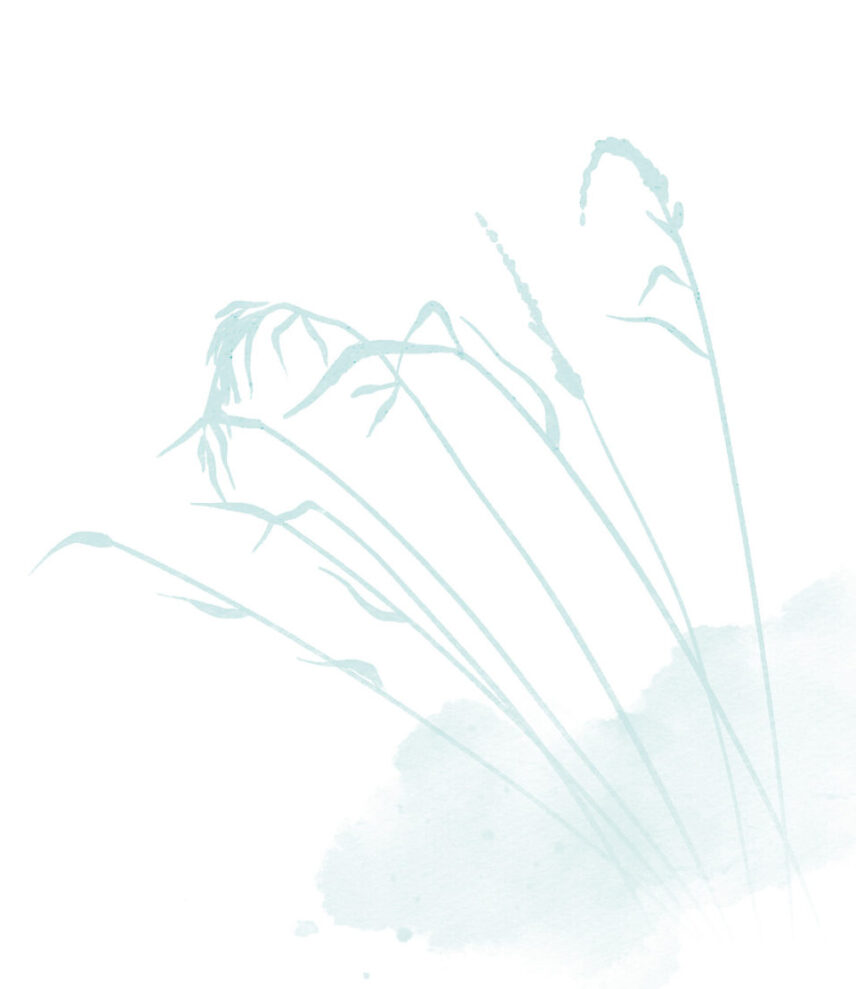
Trip Details
Know Before You Go
Click HERE for all of the logistical details you’ll need to know prior to departure—including the packing list, arrival and departure details and suggested tipping information.
This trip starts in Kilimanjaro, Tanzania (airport code: JRO), and finishes in Kilimanjaro, Tanzania (airport code: JRO)
Fly Camp, Days 5 & 6
Fly camps are mobile pop-up camps: the crew will have two-person dome tents and single cots set up complete with a dining tent, fire pit area and private composting toilet. Note: There are no shower facilities! Bowls of hot water will be provided upon arrival for handwashing and in the morning (outside your tent).
Dunia Camp, Days 7 & 8
There are eight spacious luxury tented suites on raised wooden decks, each with expansive views of the savannah and acacia woodland, which can be absorbed from the large private verandas. At Dunia, you can order a sundowner to your tent via walkie-talkie. These two nights are all-inclusive and include complimentary laundry service too! In your tented suite you’ll find robes, rubber boots and a solar shower.
The Wild Women Way
If you’re wondering how we roll, it’s together. The Wild Women Way is our modus operandi, our mantra and our rock solid foundation. You can learn more about our Wild Ways HERE.

How We Support You
Ready for a big adventure? We’re in it together. On this trip, we get up close with wildlife, hike over uneven terrain and camp in the wild. Yes, it can be a challenge, but you’re never alone. Like thousands of women before you, you’ll draw on strength you didn’t know you had and come out feeling like the goddess you are.
Still have questions or concerns? Let’s talk about it.
What the Trip Entails
This is an adventure for women who love wildlife and want an up-close, interactive experience. The activity level is moderate. We would like you to be comfortable with the following:
- Driving several hours each day in a 4×4 open-roof Land Cruiser in the parks on rough and bumpy roads
- Close encounters with wild animals such as lions, wildebeests, elephants, etc. while in a safari vehicle with highly trained expert park guide
- You may get close to zebra, gazelles and other Maasai herd animals on the walking safari
- Having an armed Maasai Warrior (carrying a spear) and an armed park ranger (carrying a gun) with you at all times on the hikes from the fly camps
- Camping in small dome tents (with cots) in the wild with Maasai security
- Hiking over uneven terrain (flat pastureland with potholes) for about 3 miles (5 km) and an optional downhill (and then uphill) walk on a steep dirt switchback trail for 2 hours (return)
- Physical Rating: Easy (Some physical activity included. Trips are the most leisurely with an average of 1-4 hours of physical activity each day.)
